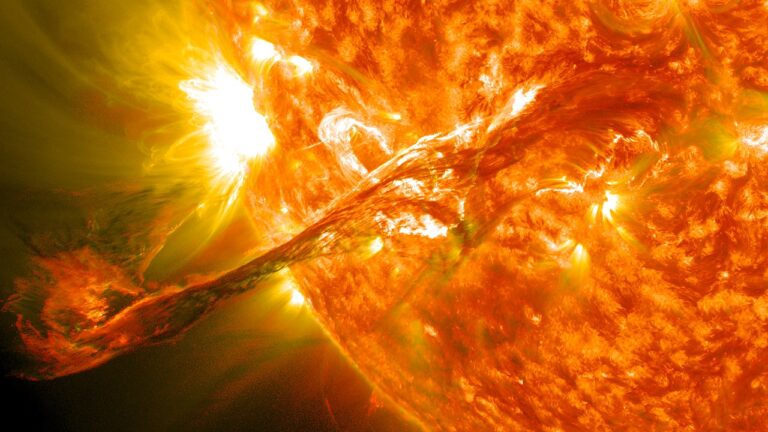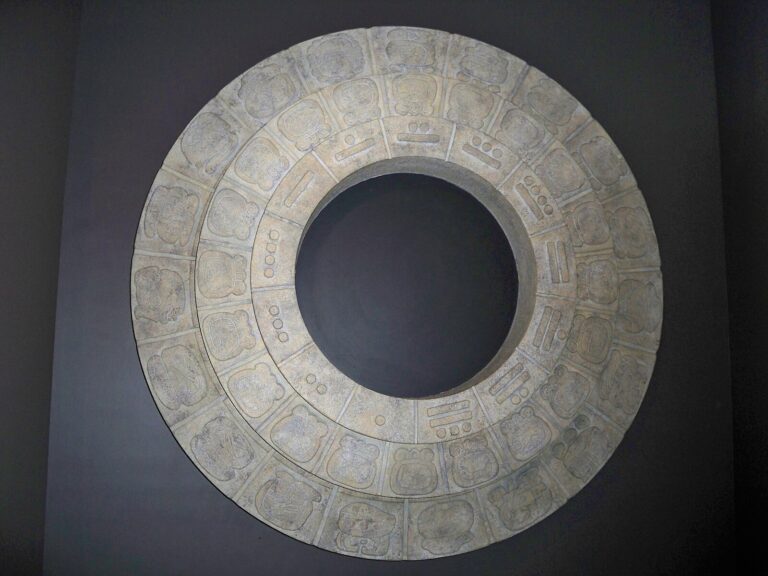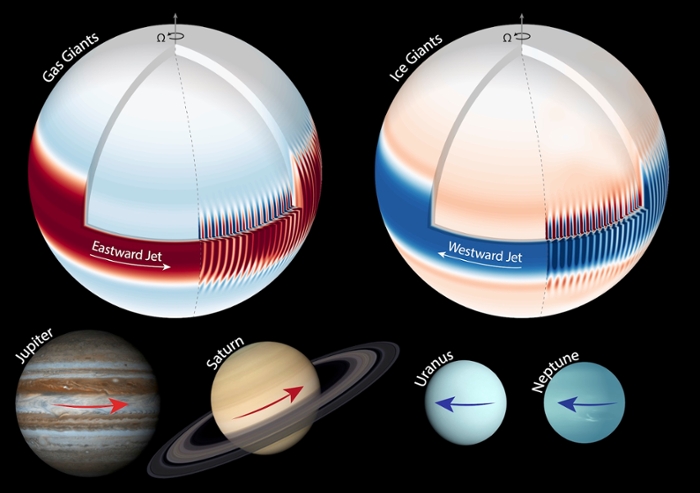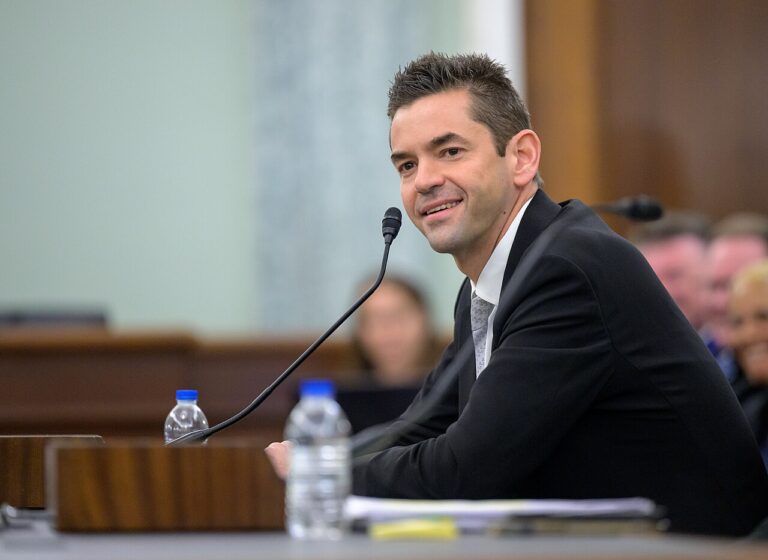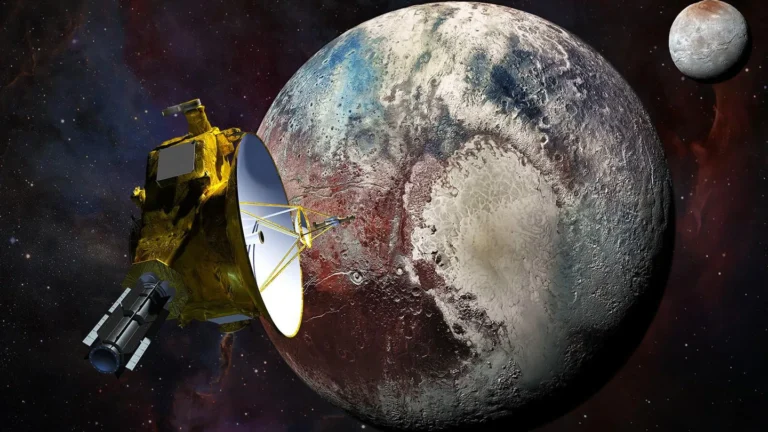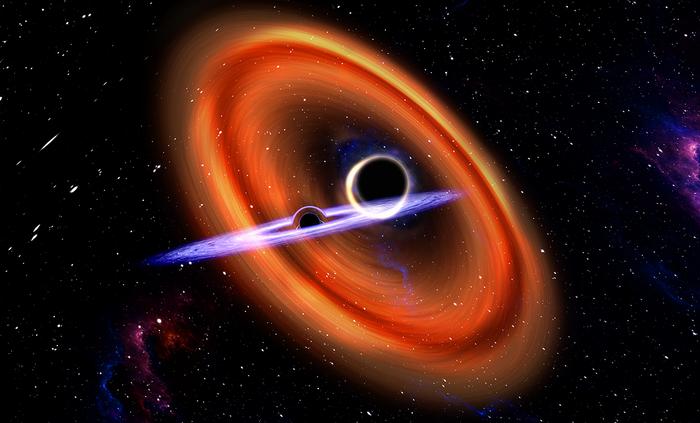
Key Takeaways:
- The LIGO-Virgo-KAGRA Collaboration detected two unique black hole merger events, GW241011 and GW241110, which featured a rapidly spinning black hole and the first observed black hole spinning backward, respectively.
- These events provided independent evidence supporting the "hierarchical merger" theory, suggesting the primary black holes are "second-generation" objects formed from prior mergers, as indicated by their unique spin properties and unequal mass ratios.
- The clarity of the GW241011 signal enabled stringent testing of Albert Einstein's general theory of relativity, specifically confirming predictions from Kerr's solution regarding the spacetime deformation around a rapidly spinning black hole.
- The sustained rapid spin of the black hole in GW241011 allowed scientists to constrain the mass range for hypothetical ultralight boson particles, which are theorized to drain rotational energy from black holes via superradiance.
In the fall of 2024, two separate pairs of stellar mass black holes, hundreds of millions of light-years away, spiraled into each other and merged in collisions of unimaginable violence. But these weren’t just any mergers. One featured a black hole spinning at a blistering speed. The other revealed something never seen before: a black hole spinning backward.
The detection of these two events, cataloged as GW241011 and GW241110, was announced by the international LIGO-Virgo-KAGRA Collaboration in a study published October 28, 2025, in The Astrophysical Journal Letters. In the study, researchers detailed how these back-to-back discoveries provide a new window into the secret lives of black holes.
Both events provide independent evidence that their primary black holes (the more massive of each pair) are “second-generation” objects — the products of previous black hole mergers. This “hierarchical merger” theory helps explain how these stellar-mass black holes form. The clarity of the detections also provides scientists with the opportunity to put some of Albert Einstein’s century-old predictions to the test.
“Each new detection provides important insights about the universe, reminding us that each observed merger is both an astrophysical discovery but also an invaluable laboratory for probing the fundamental laws of physics,” says Carl-Johan Haster, paper co-author and assistant professor of astrophysics at the University of Nevada, Las Vegas (UNLV), in a press release.
Detecting gravitational waves
Gravitational waves are ripples of energy that warp the fabric of spacetime. First theorized by Einstein, they are sent flying across the universe by the most violent cosmic events, such as the collision of neutron stars or, as in this case, the merger of black holes. Mergers happen when two black holes, attracted by gravity and locked in a binary system, orbit one another. This orbit sheds energy in the form of gravitational waves; the loss of energy causes the binary to spiral closer and closer until the black holes collide. As the gravitational waves ripple away at the speed of light, they subtly stretch and squeeze everything in their path.
Detecting this stretching and squeezing is the job of the LIGO-Virgo-KAGRA network — a global collaboration of detectors including LIGO in the United States, Virgo in Italy, and KAGRA in Japan. The network, which made its first historic detection of gravitational waves in 2015, is currently in its fourth major observing run.
These instruments, known as interferometers, use massive L-shaped arms (2.5 miles [4 km] long in the case of LIGO) and lasers to measure distances with subatomic precision. As a gravitational wave passes, it minutely changes the lengths of the detector’s arms, allowing scientists to visualize the effects of the gravitational wave.
A pair of unique mergers
The first signal from the study, GW241011, arrived October 11, 2024, from a merger 700 million light-years away. It involved two black holes weighing about 20 and 6 times the mass of our Sun. Almost exactly one month later, on November 10, GW241110 was detected from a much more distant collision 2.4 billion light-years away, involving black holes of 17 and 8 solar masses (one solar mass is the weight of our Sun).
What set these events apart, and pointed to their “second-generation” origin, were their spins. The larger black hole in GW241011 was found to be one of the fastest-rotating black holes ever observed. Then came GW241110, whose primary black hole was spinning in a direction opposite to its mutual orbit with its binary partner, “a first of its kind,” according to the press release.
Evidence for hierarchical merging
So, how do you get such strange spins? The authors explain both oddities through hierarchical merging. This theory posits that these black holes weren’t formed in isolation but in a dense cosmic neighborhood, like a crowded star cluster. In such a chaotic environment, black holes can easily merge; the new, larger black hole (which would be spinning fast from the collision) can then find another partner and merge again. The random, frequent, and messy nature of these encounters can lead to bizarre, misaligned, or even backward spins, according to the team.
The unequal masses in both GW241011 and GW241110 also support this “second-generation” hypothesis. Star clusters — ancient, tightly-packed cities of millions of stars — are natural black hole factories. When a massive star in the cluster exhausts its fuel, it collapses under its own gravity to form a “first-generation” black hole, typically with a mass of a few to a dozen times that of our Sun. These first-gen black holes then sink to the cluster’s dense core. When two of them merge, they form a new, more massive second-generation black hole. This remains in the core, where it will eventually capture a new partner. That partner is more likely to be a first-generation black hole because they are more common. The resulting pair has a highly unequal mass ratio. This lopsided ratio is exactly what was seen in both new detections, leading the team to believe both primaries are second-generation.
Affirming Einstein’s theory of relativity
Beyond their fascinating family tree, the unique properties of these second-generation candidates provided a test of Einstein’s general relativity. The GW241011 signal was the third-loudest ever published, giving scientists a clear and precise look at its main black hole. This allowed them to test one of the most fundamental predictions of general relativity. Einstein’s equations describe how mass warps spacetime, but solving those equations for a spinning black hole was a monumental challenge.
One mathematical solution was discovered in 1963 by Roy Kerr. His solution predicts that a black hole’s spin deforms the fabric of spacetime around it in a very specific and measurable way. This deformation is a unique signature. While all black holes have it, this signature is typically too subtle to measure.
Because GW241011’s black hole was spinning so fast and the signal was so clean, scientists could isolate the signature of this deformation from the gravitational waves. The measurement showed what the press release called “excellent agreement” with the shape predicted by Kerr’s solution. The signal allowed scientists to place the most “stringent constraints to date” on this effect, suggesting that the primary black hole’s properties are “consistent with” what Einstein’s theory describes.
“We now know that black holes are shaped like Einstein and Kerr predicted, and general relativity can add two more checkmarks in its list of many successes,” said Haster in the press release.
A particle physics connection
The same rapid spin also allowed scientists to research its implications in hypothetical particle physics. Some theories predict the existence of “ultralight boson” particles, which, if they exist, would drain rotational energy from black holes through a process called superradiance. To what extent those particles might drain energy is dependent on the particle’s mass, which remains unknown. Though, as the press release notes, the fact that GW241011 continued to spin quite rapidly, “even millions or billions of years after it formed, rules out a wide range of ultralight boson masses.”
As the LIGO-Virgo-KAGRA Collaboration’s fourth observing run continues, these two events mark a significant step. The hunt for more of these unusual systems is now a key priority because they are crucial for testing the boundaries of physics and astronomy.
As Stephen Fairhurst, LIGO Scientific Collaboration spokesperson, said in the press release, “Planned upgrades to the LIGO, Virgo, and KAGRA detectors will enable further observations of similar systems, enabling us to better understand both the fundamental physics governing these black hole binaries and the astrophysical mechanisms that lead to their formation.”

